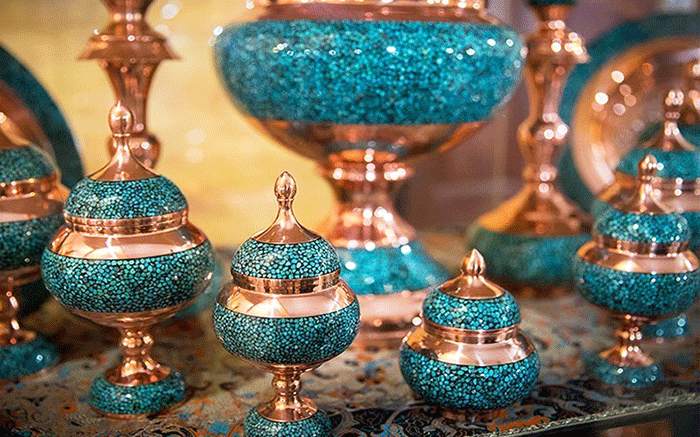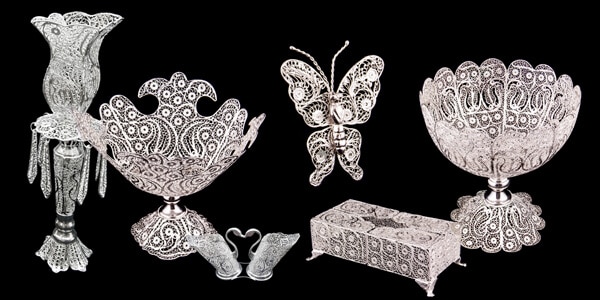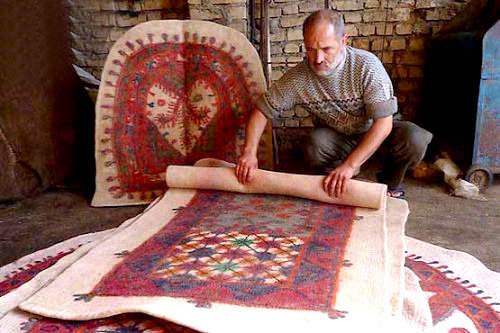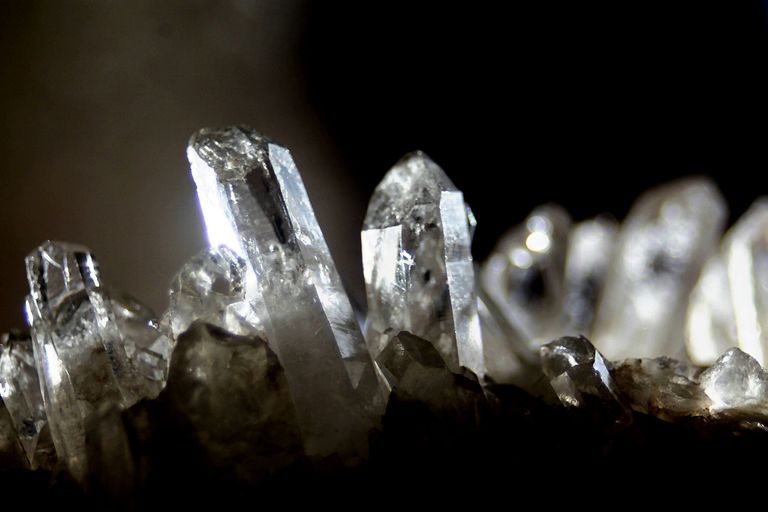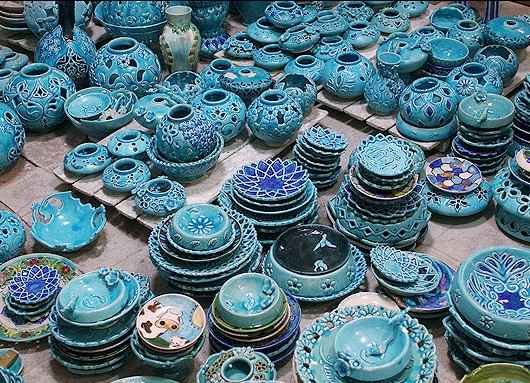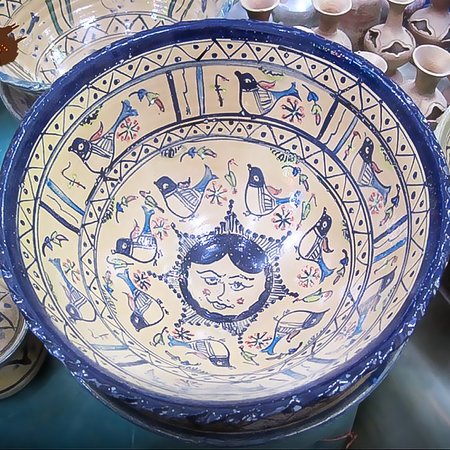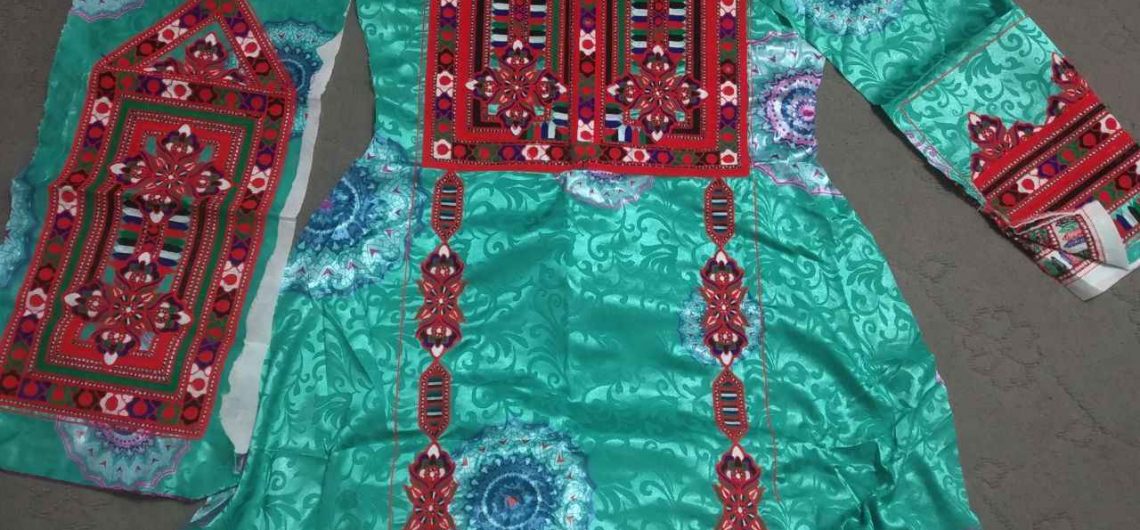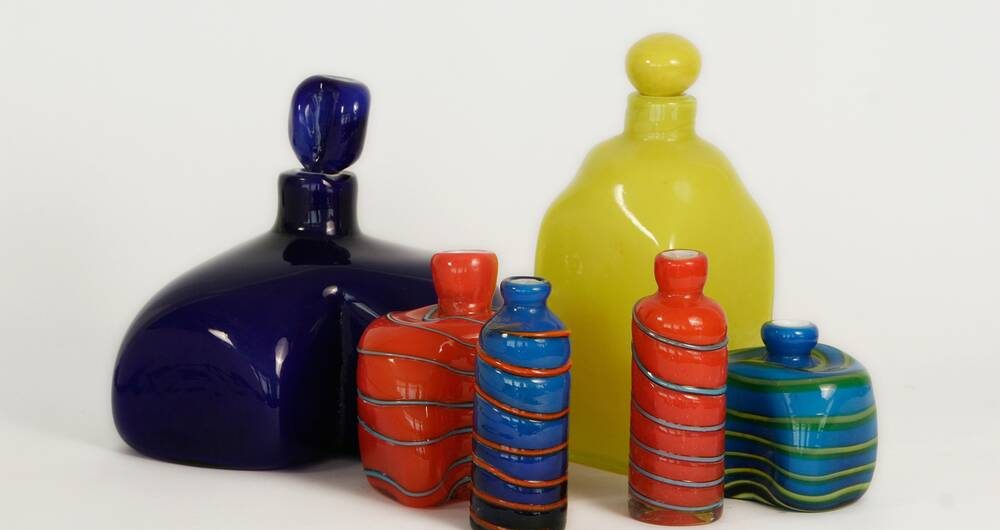Namad Mali of Semnan Felt Processing One of the many handicrafts of Semnan is felt, the production of which dates back to ancient times. The method of making felt is quite similar in different regions of Iran, but sometimes variable in color, pattern and thickness. Felt is known to be the oldest man-made floor covering. There is a famous legend told by the parishioners of Semnan according to which the prophet Suleiman had a son who was a shepherd. He wanted to make a woolen cloth from his sheep. Despite his efforts, he failed. Desperate and furious, he punched the silk as he wept for his fate. His tears ran down the wool and compacted it. And that's how the first felt was made, according to legend, of course. Felt is a fabric that is manufactured without a loom based on two fundamental principles: humidity and pressure. In the felt treatment process, water is poured over the layers of material as they are compressed, allowing the fibers to adhere to form a single piece of fabric. The most widely used material for felts is spring sheared sheep's wool, as it has the longest fibers. The amount of wool needed for one square meter of felt is equal to that needed to make the rug, but since the time spent making the felt is less (about a day), it comes at a lower price. The greatest use of felt is in producing kitchen utensils, such as korsi, horse blankets, dolls, dervishes' clothing, nomads' hats, rugs, curtains, and headgear. Felt patterns and drawings are usually based on abstract motifs inspired by nature, for example: Chahar Gush-e Khorshidi, symbol of the Sun. Currently, felt processing is carried out in the cities of Semnan and Shahrud, Isfahan, Yazd and Arak.
Namad Mali of Semnan
Felt Processing
One of the many handicrafts of Semnan is felt, the production of which dates back to ancient times. The method of making felt is quite similar in different regions of Iran, but sometimes variable in color, pattern and thickness. Felt is known to be the oldest man-made floor covering. There is a famous legend told by the parishioners of Semnan according to which the prophet Suleiman had a son who was a shepherd. He wanted to make a woolen cloth from his sheep. Despite his efforts, he failed. Desperate and furious, he punched the silk as he wept for his fate. His tears ran down the wool and compacted it. And that’s how the first felt was made, according to legend, of course.
Felt is a fabric that is manufactured without a loom based on two fundamental principles: humidity and pressure. In the felt treatment process, water is poured over the layers of material as they are compressed, allowing the fibers to adhere to form a single piece of fabric. The most widely used material for felts is spring sheared sheep’s wool, as it has the longest fibers. The amount of wool needed for one square meter of felt is equal to that needed to make the rug, but since the time spent making the felt is less (about a day), it comes at a lower price.
The greatest use of felt is in producing kitchen utensils, such as korsi, horse blankets, dolls, dervishes’ clothing, nomads’ hats, rugs, curtains, and headgear. Felt patterns and drawings are usually based on abstract motifs inspired by nature, for example: Chahar Gush-e Khorshidi, symbol of the Sun. Currently, felt processing is carried out in the cities of Semnan and Shahrud, Isfahan, Yazd and Arak.


